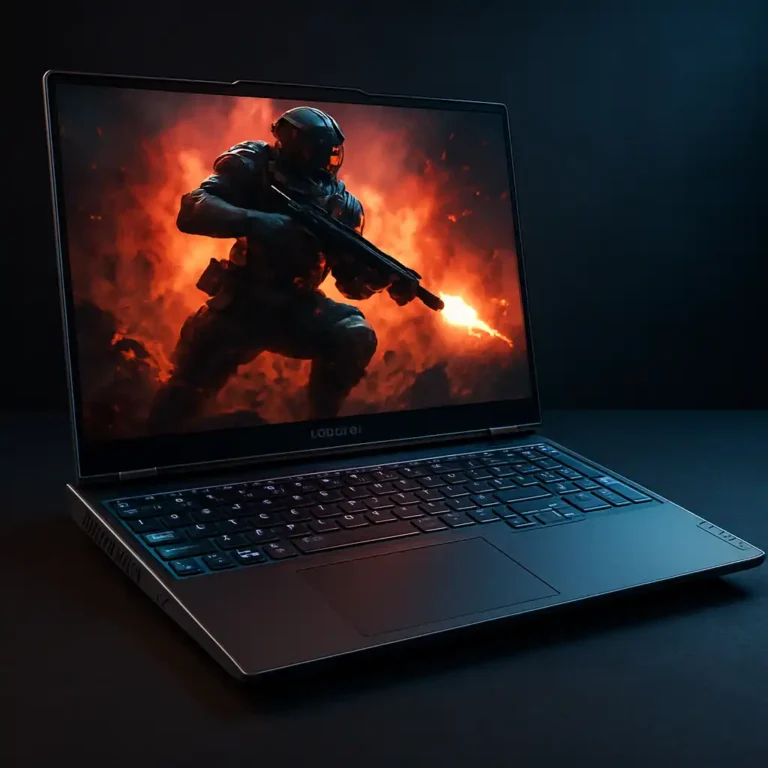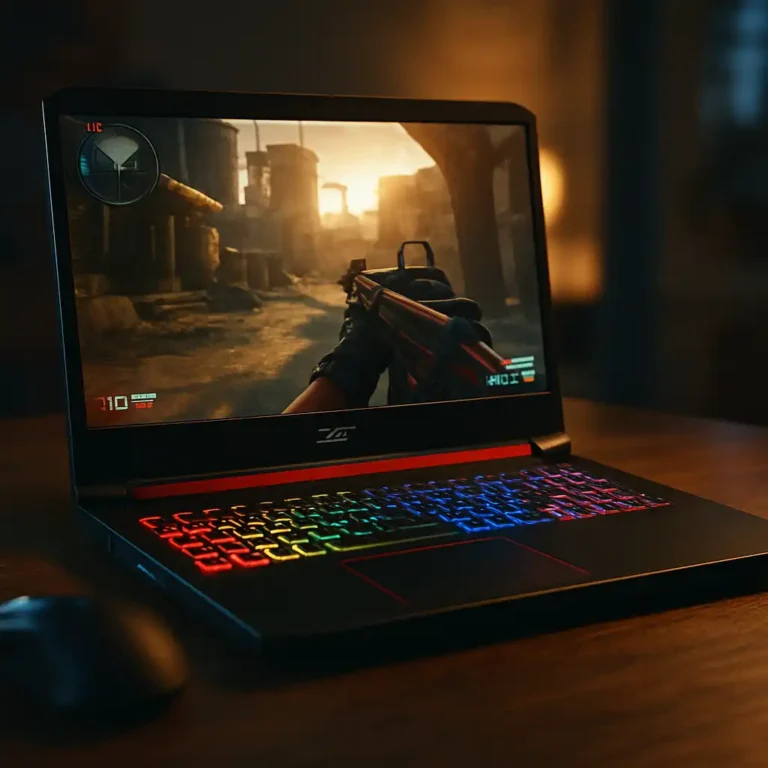Difference Between Gaming Laptop and Regular Laptop Explained
Choosing between a gaming laptop and a regular laptop can feel overwhelming, especially when both categories now offer sleek designs and powerful components. While they may appear similar at first glance, key differences lie under the hood. This article breaks down the core contrasts, helping you determine which machine best suits your needs—whether you’re a student, remote worker, creative professional, or avid gamer.
Performance and Processing Power
One of the most significant differences is performance. Gaming laptops are designed to handle resource-intensive applications like AAA games, video editing, or 3D rendering. These machines typically feature high-end CPUs, often from Intel’s H-series or AMD’s Ryzen HX line, coupled with powerful GPUs like NVIDIA’s RTX series or AMD Radeon cards. In contrast, regular laptops focus on energy-efficient processors, making them ideal for browsing, office work, and streaming but less capable in demanding scenarios.
Graphics Capabilities
Gaming laptops are equipped with dedicated graphics cards that drastically outperform the integrated GPUs found in regular laptops. This distinction makes gaming laptops perfect for anyone needing high frame rates, crisp resolution, or smooth 3D visualization. Regular laptops, on the other hand, rely on integrated graphics, which are sufficient for tasks like watching videos, using office apps, and light photo editing, but fall short in performance-heavy environments.
Cooling Systems and Build
Because of their demanding workloads, gaming laptops need robust cooling systems. You’ll find dual-fan systems, large vents, and advanced thermal designs to prevent overheating. These systems add bulk, often making gaming laptops heavier and thicker than their regular counterparts. Regular laptops prioritize portability and battery life, and therefore typically feature minimal cooling components, resulting in slimmer and lighter profiles.
Display Quality and Refresh Rates
Gaming laptops often come with high-refresh-rate displays—120Hz, 144Hz, or even 300Hz—offering smoother visuals in games. They also tend to support higher color accuracy and faster response times. Regular laptops usually stick with 60Hz screens, which are more than adequate for everyday computing but may feel laggy during fast-paced gaming or motion-heavy content creation.
Battery Life and Portability
Regular laptops are optimized for energy efficiency, giving users longer battery life—often exceeding 10 hours. Gaming laptops sacrifice battery longevity for performance, typically lasting between 3 and 6 hours on a full charge under normal use. This makes regular laptops a better choice for students or remote professionals who need extended unplugged use, while gaming laptops often remain tethered to power sources during use.
Price and Purpose
Price can be a deciding factor. Gaming laptops are more expensive due to their specialized components and build. However, the investment makes sense if your work or hobbies involve gaming, video editing, animation, or software development. Regular laptops are generally more budget-friendly and offer great value for users who don’t need high-performance hardware.
Conclusion
The difference between gaming laptops and regular laptops extends beyond aesthetics—they are built for entirely different use cases. Gaming laptops prioritize performance, visuals, and power, making them ideal for creative professionals and hardcore gamers. Regular laptops offer efficiency, battery life, and affordability, perfectly suited for office work, school, and light multimedia use. Choosing the right one depends on your specific needs and how you plan to use your machine.







